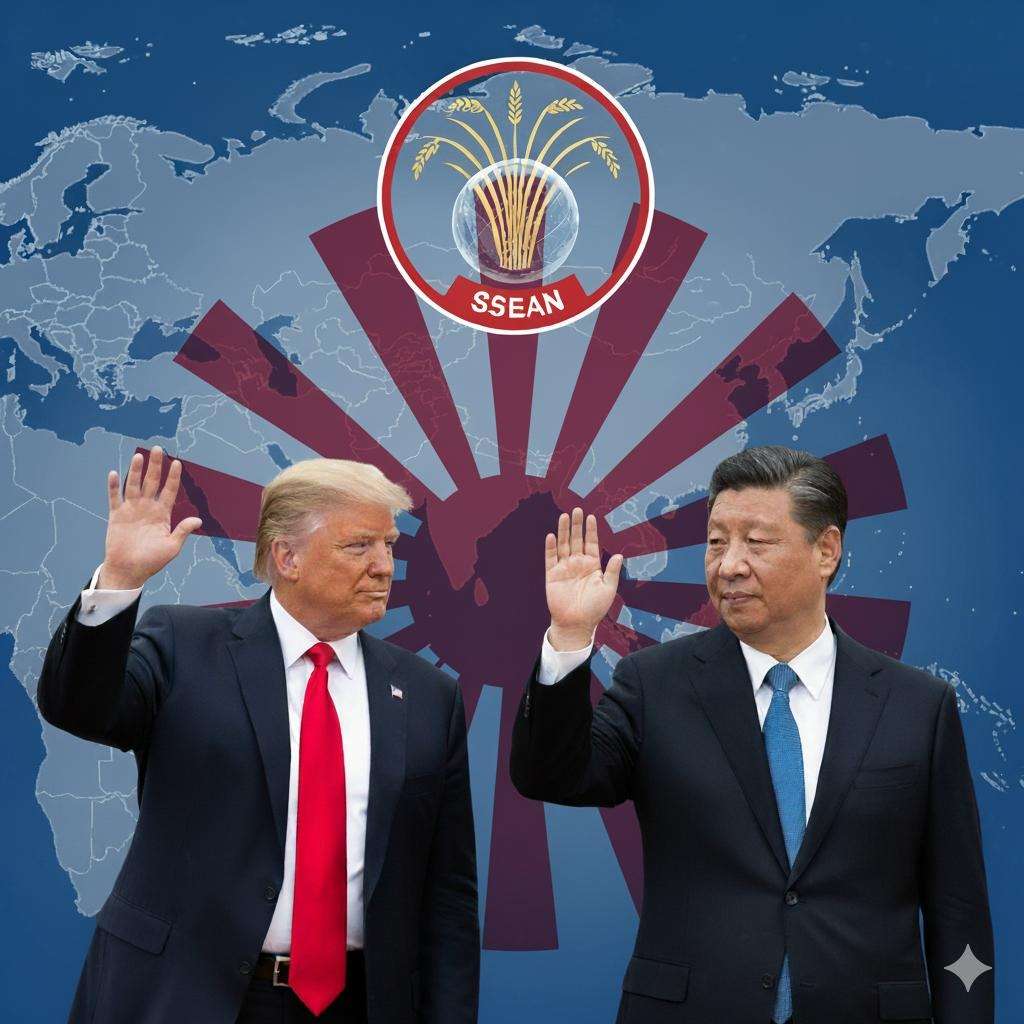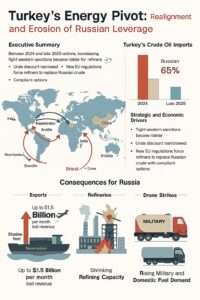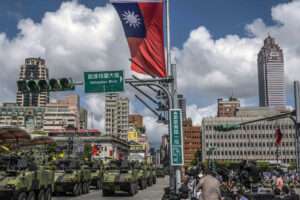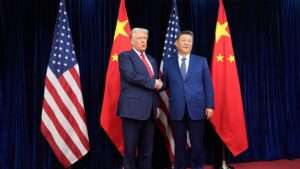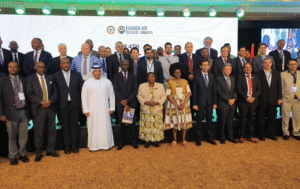By Prof Bill Michael
President Donald Trump strode into the 47th ASEAN Summit with the swagger of a dealmaker and emerged with a ledger of victories that could redefine the Indo-Pacific for a generation. Rare-earth pacts with Malaysia, Vietnam, Cambodia, and Thailand. A trade framework with Hanoi. The Kuala Lumpur Peace Accords ending a bloody Thailand-Cambodia border spat, complete with the release of 18 detained soldiers and murmurs of a Nobel nod. Yet beneath the handshakes and photo-ops simmered a more profound story: Asia is quietly, unmistakably pivoting away from Beijing and toward Washington. This is not a rupture but a recalibration—economic pragmatism, security anxiety, and a fierce hunger for strategic autonomy converging in a region tired of choosing sides.
Vietnam, long a nimble hedger, now stands at the hinge. Prime Minister Pham Minh Chinh’s invitation for a Trump state visit was more than courtesy; it was a signal. Factories are streaming south from Guangdong to Hanoi, Da Nang, and Ho Chi Minh City, propelled by U.S. tariffs on Chinese goods and Vietnam’s sweetheart trade terms with the West. Exports in electronics, textiles, and rare earths are up 8.3% year-on-year. In China, the mirror image is grim: foreign direct investment down 12.7%, producer prices off 2.3%, factory gates idling. Hanoi still wants Washington to grant it market-economy status and scrub it from export-control lists D1 and D3. Trump’s directive to fast-track those reviews is the closest thing to a green light Vietnam has seen in years. The partnership is deepening, and Beijing’s monopoly on manufacturing muscle is cracking. Malaysia, the world’s sixth-largest semiconductor exporter, played gracious host but drew a line in silicon. The bilateral relationship was elevated to a Comprehensive Strategic Partnership, inked with deals for LNG, coal, Boeing jets, and critical minerals. Yet semiconductor tariffs remained off the table. Prime Minister Anwar Ibrahim, all smiles in public, couldn’t resist a jab at Trump’s legal entanglements—a reminder that trade rigidity stings.
Malaysia’s third-quarter numbers told a different story: GDP up 5.2%, services 5.1%, mining a blistering 16.8%, construction 11.2%. Retail sales held firm at 5.0% and 4.9% in July and August. Full-year growth forecasts have been nudged to 4.5–4.6%. Kuala Lumpur is not just a trade hub; it is a ballast against Chinese economic gravity, provided Washington learns to bend on chips.
Cambodia offered the summit’s most improbable headline. Trump’s mediation produced the Kuala Lumpur Peace Accords, halting border skirmishes and earning plaudits across the region. Yet Phnom Penh remains Beijing’s closest confidant in Southeast Asia, its politics opaque and its debts deep. The U.S. must now decide whether to double down with reform-linked aid or watch China reclaim the ground it briefly ceded.
Across the Western Pacific, Washington is rewriting the playbook on alliance-building. Gone are the days of rigid blocs. In their place: a lattice of modular incentives tailored to sovereignty-conscious partners. Malaysia receives upgraded maritime radars and joint patrols in the South China Sea. Cambodia gets humanitarian training and non-lethal gear framed as peacekeeping support. Thailand, a treaty ally, gains access to cutting-edge defense tech and cyber-resilience drills. Rare-earth diplomacy is the glue—securing U.S. supply chains for missiles and magnets while giving ASEAN nations leverage without entanglement. Brookings scholar Lynn Kuok calls it “strategic autonomy”; in practice, it is the art of empowering allies to choose America without feeling chosen.
China’s October data read like a stress test. Third-quarter GDP scraped 4.8%, nominal growth a limp 3.7%. Consumer prices fell 0.3%, producer prices 2.3%. Fixed-asset investment is negative year-to-date. Exports and industrial output still hum—up 8.3% and 6.5%, respectively—but the trade surplus of $90.45 billion masks a property crater and a consumer base too anxious to spend. Trump’s tariff hammer and ASEAN’s supply-chain exodus are twin pressures Beijing can ill afford.
Japan, meanwhile, played the reliable uncle. Newly minted Prime Minister Sanae Takaichi used her ASEAN debut to fuse Tokyo’s Free and Open Indo-Pacific with the bloc’s own outlook. Three pillars—peace, economic co-creation, generational ties—translated into expanded security assistance, AI collaboration, and disaster-response hubs. At home, inflation is sticky at 2.9%, retail sales down 1.1%, industrial production off 1.6%, housing starts in free fall. The Bank of Japan held rates at 0.5%, but the yen is wobbling. Tokyo’s challenge is to remain the region’s trusted counterweight while nursing its own stagnation.
Beneath the summit’s choreography lies the real story: a tectonic shift. Vietnam is the poster child, Malaysia the quiet diversifier, even Cambodia a cautious hedger. Nations once lashed to China’s Belt and Road are now scattering their bets—seeking U.S. markets, Japanese tech, European demand, anything to avoid dependence on a single, faltering giant. This pivot is not loud. It will not make tomorrow’s headlines. But it is reshaping the Indo-Pacific one factory, one radar station, one rare-earth mine at a time. For American strategists, the task is clear: calibrate economic carrots, security sweeteners, and diplomatic patience to turn autonomy into alignment—before Beijing finds its second wind.

